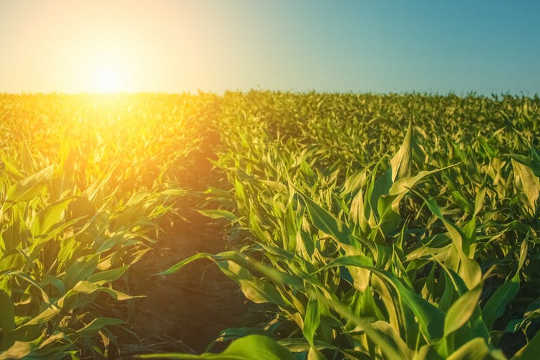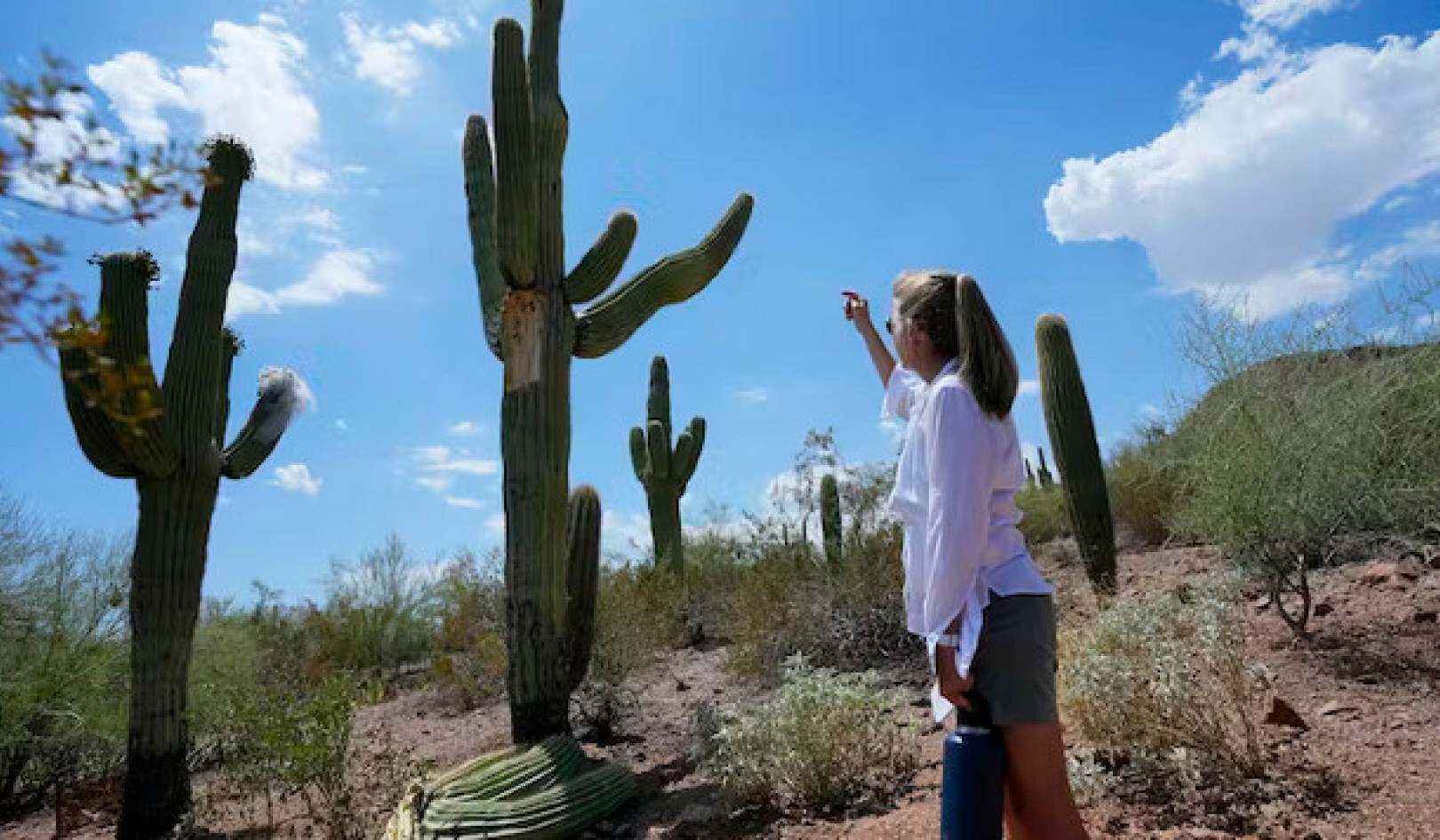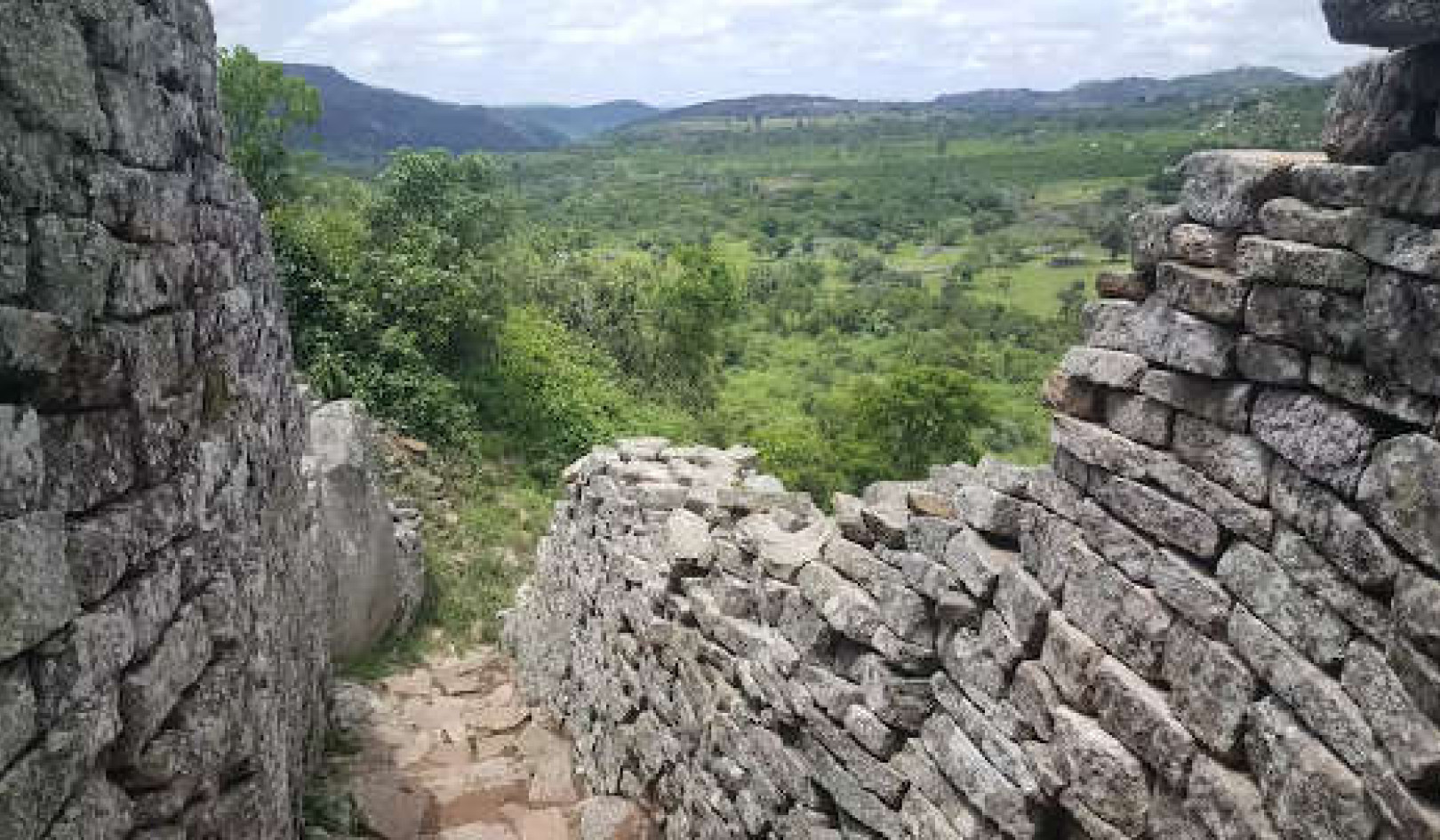Pflanzen sind zu einem unwahrscheinlichen Thema der politischen Debatte geworden. Viele Projektionen Ich schlage vor, dass die Verbrennung fossiler Brennstoffe und der daraus resultierende Klimawandel es schwerer machen wird, in den kommenden Jahrzehnten genug Nahrung für alle zu erzeugen. Aber einige Gruppen lehnen eine Begrenzung unserer Emissionen ab behaupten, dass higher levels of carbon dioxide (CO?) will boost plants’ photosynthesis and so increase food production.
Neue Forschung veröffentlicht in Wissenschaft suggests that predicting the effects of increasing CO? levels on plant growth may actually be more complicated than anyone had expected.
To understand what the researchers have found out requires a bit of background information about photosynthesis. This is the process that uses light energy to power the conversion of CO? into the sugars that fuel plant growth and ultimately provide the food we depend on. Unfortunately, photosynthesis is flawed.
Molecules of CO? and oxygen are similar shapes and the key mechanism that harvests CO?, an enzyme with the catchy name of RuBisCO, sometimes mistakes an oxygen molecule for one of CO?. Das war kein Problem als RuBisCO sich zuerst entwickelte. But about 30m years ago CO? levels in the atmosphere dropped to less than ein Drittel von dem, was sie gewesen waren. With less CO? around, plants began mistakenly trying to harvest oxygen molecules more often. Today this is often a substantial drain upon a plant’s energy and resources.
As it gets hotter, RuBisCO becomes even more prone to errors. Water also evaporates faster, forcing plants to take measures to avoid drying out. Unfortunately, stopping water getting out of their leaves also stops CO? getting in and, as RuBisCO becomes starved of CO?, it wastes more and more of the plant’s resources by using oxygen instead. At 25°C, this can consume one-quarter of what the plant produces – and the problem becomes more extreme wenn die Temperaturen weiter steigen.
Jedoch einige Pflanzen entwickelten einen Weg, um das Problem zu vermeiden by pumping CO? to the cells where the RuBisCO is located to turbocharge photosynthesis. These are known as C4 plants, as opposed to normal C3 plants which can’t do this. C4 plants can be much more productive, especially under hot and dry conditions. They came to dominate Earth’s tropical grasslands from 5m zu 10m Jahren, wahrscheinlich weil die Welt zu dieser Zeit und ihrer Zeit trockener wurde Wasserverbrauch ist effizienter.
Mais (Mais) und Zuckerrohr sind C4-Pflanzen, aber die meisten Nutzpflanzen sind nicht, obwohl ein Projekt, das ursprünglich von der Bill und Melinda Gates Foundation finanziert wurde, versucht hat, die Erträge in Reis zu verbessern Hinzufügen von C4-Maschinen dazu.
Die meisten Modelle, wie Pflanzenwachstum und Ernteerträge will be affected by the CO? released by burning fossil fuels have assumed that regular C3 plants may perform better. Meanwhile, the RuBisCO in C4 plants already gets enough CO? and so increases should have little effect on them. This has been supported by frühere Kurzzeitstudien.
Das neue Science - Paper berichtet Daten aus einem Projekt, in dem C3 - und C4 - Anlagen für die Vergangenheit 20 Jahre. Their findings are surprising. As was expected, for the first ten years, C3 grasses grown under extra CO? did better – but their C4 equivalents did not. However, in the second decade of the experiment the situation reversed, with the C3 plants producing less biomass under higher levels of CO? and the C4 plants producing more.
Es scheint, dass dieses verwirrende Ergebnis sein könnte, weil mit der Zeit, weniger Stickstoff war verfügbar Düngung des Pflanzenwachstums in den C3-Plots und mehr in den C4-Plots. Die Wirkung war also nicht nur auf die Pflanzen selbst zurückzuführen, sondern auch auf ihre Wechselwirkungen mit der Chemie des Bodens und seiner Mikroben.
These results suggest that the way that changes in CO? affect established ecosystems are likely to be complex and hard to predict. They may hint that, as CO? in the atmosphere increases, C4 tropical grasslands could perhaps mehr Kohlenstoff aufnehmen als erwartet, und Wälder, die überwiegend C3 sind, könnte weniger absorbieren. Aber das genaue Bild hängt wahrscheinlich von den örtlichen Gegebenheiten ab.
Auswirkungen auf das Essen
Was dies für die Nahrungsmittelproduktion bedeutet, kann einfacher und weniger tröstlich sein als auf den ersten Blick. Diese Ergebnisse stammen von Gräsern, die Jahr für Jahr überleben und weiter wachsen. Aktuelle Getreidearten sind jedoch "einjährige Pflanzen", die nach einer Saison absterben und neu gepflanzt werden müssen.
As a result, they don’t have the opportunity to build up the soil interactions that seem to have boosted growth of the C4 plants in the experiment. We can’t expect that our food security problems will be solved by C4 crop yields increasing in response to CO? as they did in the experiment. Similarly, the eventual fall in biomass seen in the C3 plots shouldn’t happen in C3 annual crops.
But, as we know, C3 plants waste a lot more resources at higher temperatures, so any increase in photosynthesis from rising CO? levels seems likely to be zumindest aufgehoben von dem Auswirkungen der globalen Erwärmung Es wird verursachen. Und das ohne Berücksichtigung von Änderungen an Niederschlagsmustern wie häufigere Dürren. Solutions that seem to be too good to be true generally are – and, for the moment, that still seems to be the case for the idea that CO? enhanced crop yields will feed the world.
Über den Autor
Stuart Thompson, Dozent für Pflanzenbiochemie, University of Westminster
Dieser Artikel wurde ursprünglich veröffentlicht am Das Gespräch.. Lies das Original Artikel.
Bücher zum Thema
at InnerSelf Market und Amazon
























